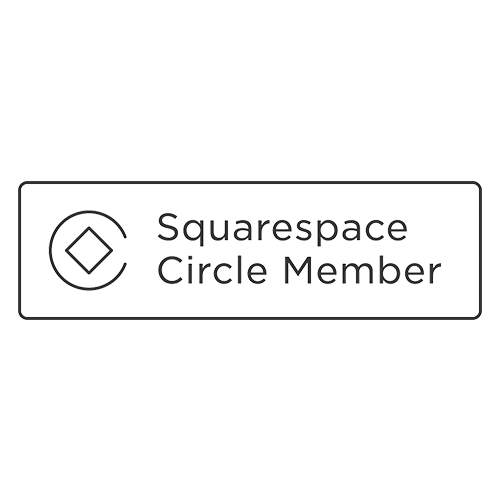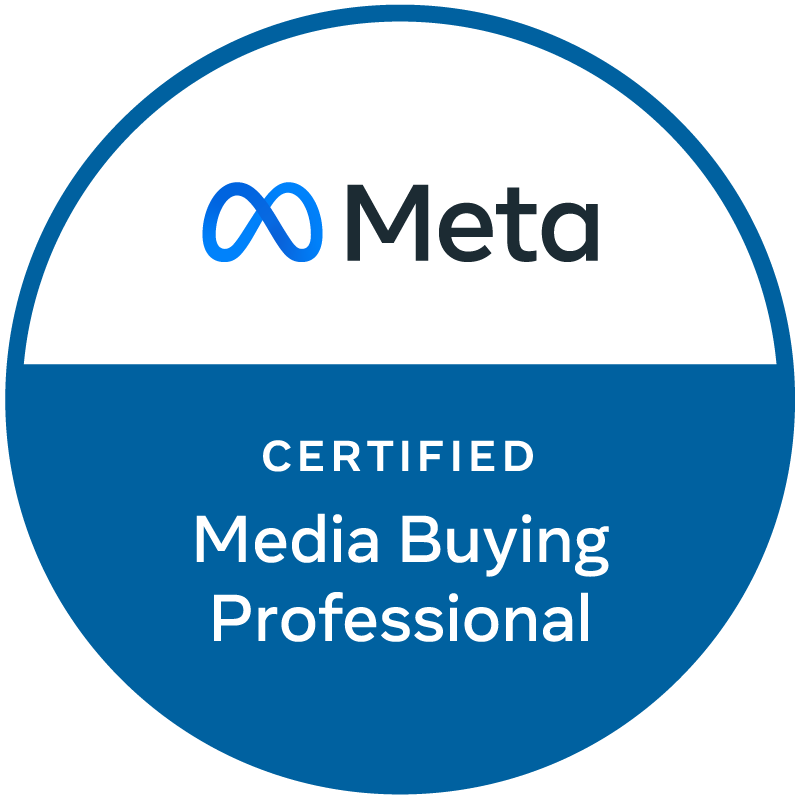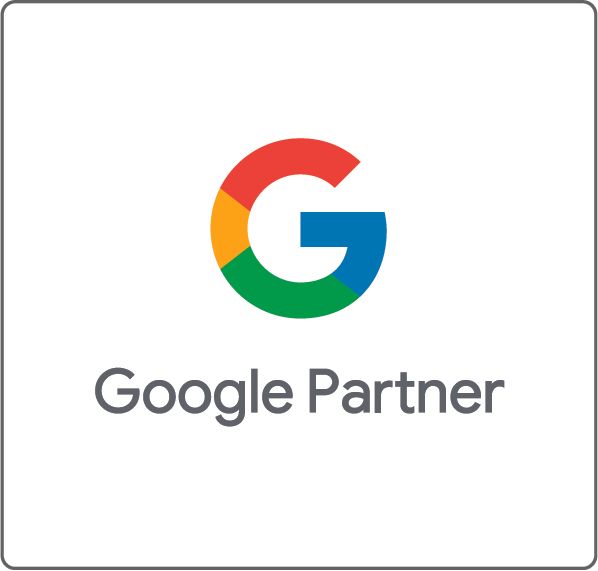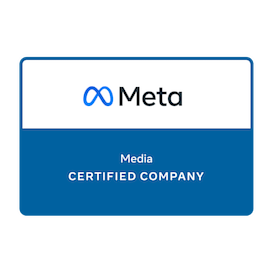Advertising with Ad-Blockers
Certain industries’ main source of revenue is through advertisements. Publishers, marketers, agencies, and e-commerce-based companies focus on creating relevant ads for their target populations. For publishing, in particular, the move from physical magazines and papers to online articles has been extremely difficult. Since many people equip their browsers with ad-blockers, publishers are forced to get creative in how they advertise on their websites and platforms so they can still bring in the revenue they need to stay afloat.
To combat the threat of ad-blocking, many companies have turned to native advertisements, product placements, and influencers to promote their businesses. Alternatively, many online publishing platforms have begun to charge a membership fee to readers to offset the drop in advertising revenue. However, younger generations are less likely to opt-in to paying a membership fee than other generations. Offering users “personalized” membership plans could be beneficial as it provides less-expensive options for students or young professionals. Many publishing companies also offer a free trial-period, so readers can see what the platform has to offer before committing to paying each month or annually. Instead of a membership, some publications, such as The Guardian, have asked users for “donations.” This allows all users to view all content for free, but if users feel personally attached to the brand, they can give money to support the business.
Digital advertisements have a negative connotation from the years of flashing pop-up ads that flooded consumers’ computers in the past. It is crucial that these online-based companies produce meaningful content when they advertise to their target population. If companies decide to use advertisements, some simple tips, such as avoiding pop-up ads, can help companies stay relevant without driving their consumers away. Businesses can use the guide below to decide which ad formats would work best for them.
Ad-blockers are forcing businesses to be more aware of how they can grab consumers’ attention. People don’t hate all advertisements, but in order to stay relevant, digital companies should prioritize keeping their audience engaged!
Never miss an update from “The Shoppe,” sign up for our email list today!
Subscribe
Sign up with your email address to receive news and updates.
Subscribe
We will get back to you as soon as possible.
Please try again later.
We respect your privacy.



Address
4 Corporate Drive,
Clifton Park, NY 12065
Shopper and Marketing Insights to Your Inbox!
Sign up with your email address to receive updates and insights from the SparkShoppe team!
Newsletter footer
We will get back to you as soon as possible.
Please try again later.
We support your right to privacy and therefore will not disclose your personal data to other organizations, third party vendors, suppliers or marketers.
© 2024 All Rights Reserved | Privacy Policy | Accessibility Statement













